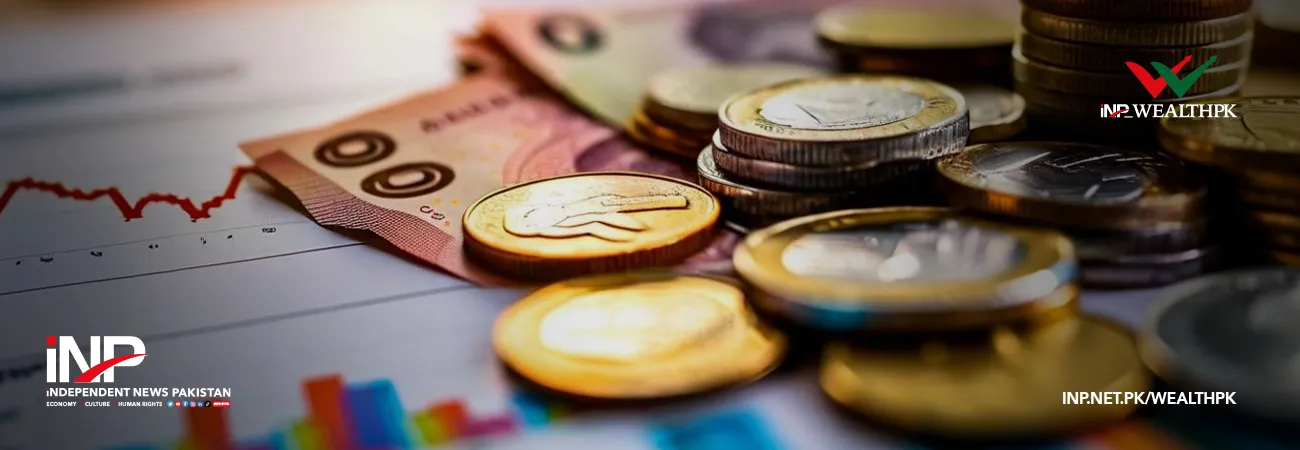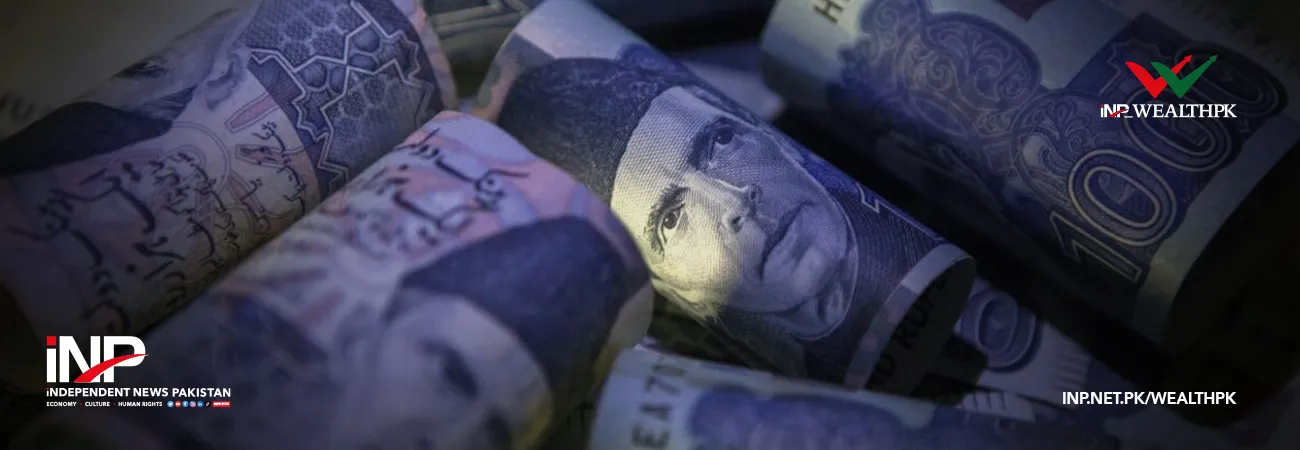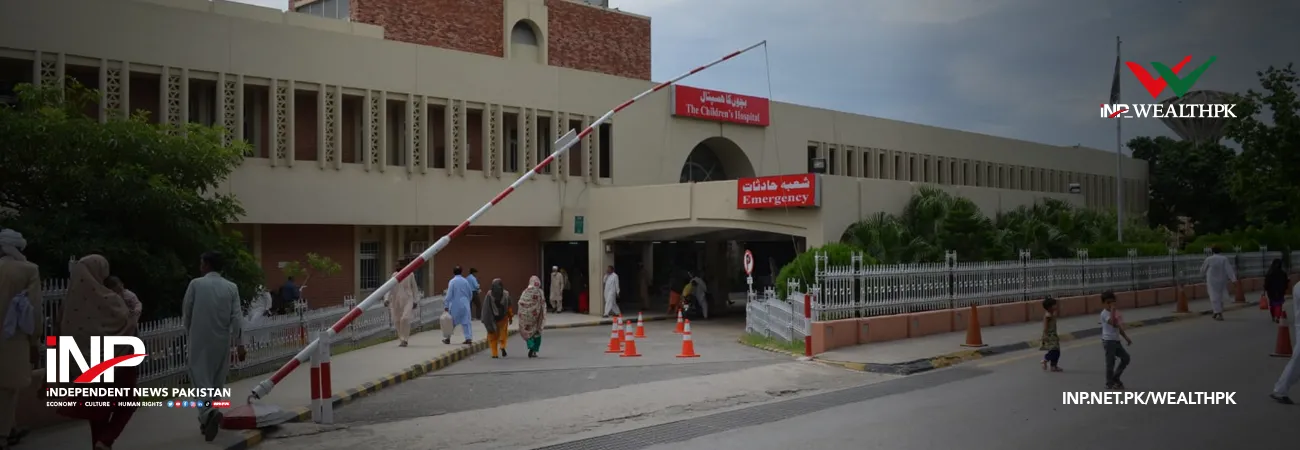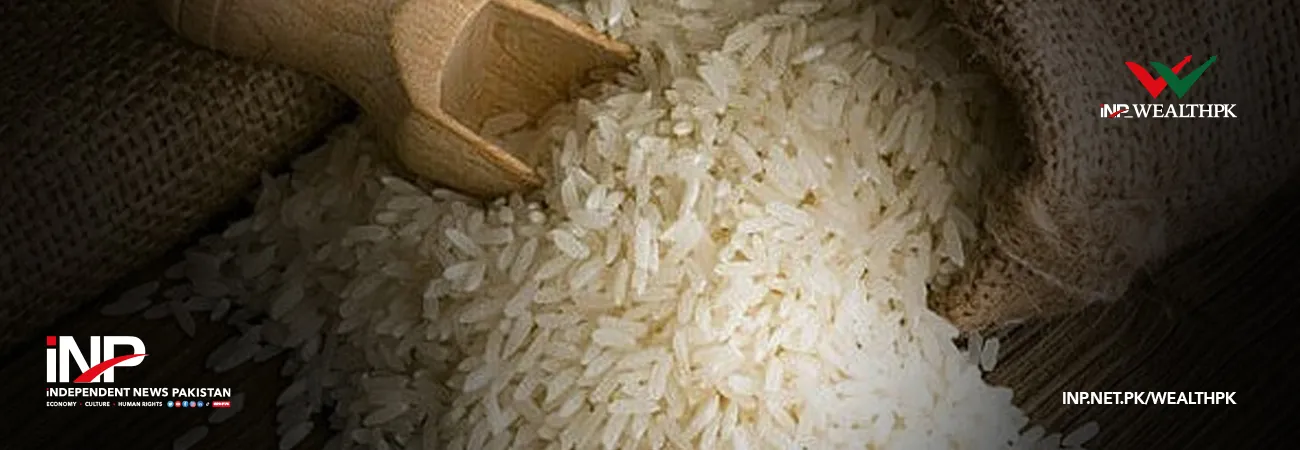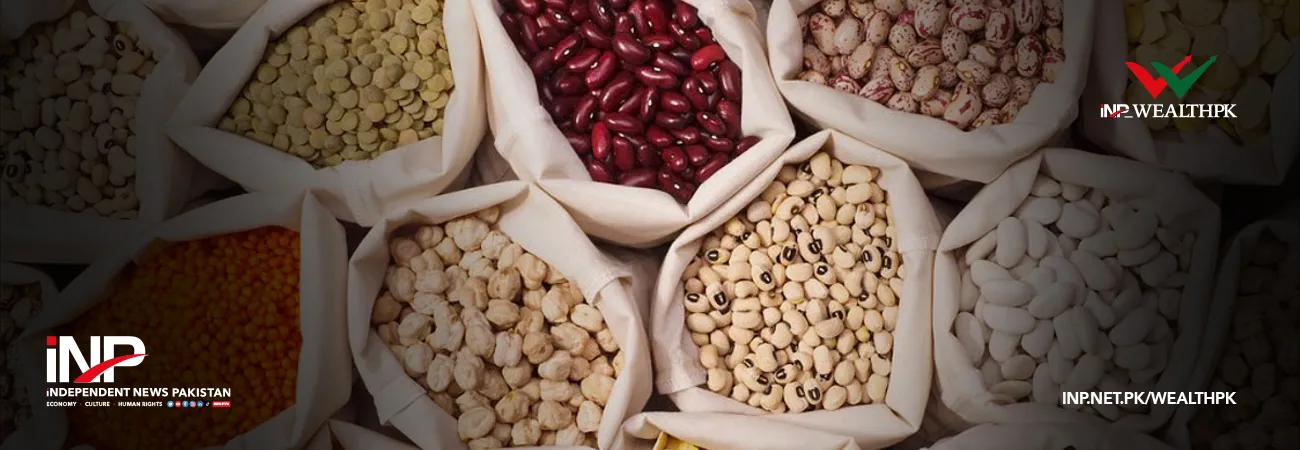INP-WealthPk
Jawad Ahmed ISLAMABAD, May 20 (INP-WealthPK): A stable exchange rate is critical for the overall economic stability of a country. It helps attract long-term foreign investment, whereas the unusual fluctuations tend to skew the projects’ financial viability with longer gestation periods. The Pakistani rupee is under constant pressure from depreciation and has plunged to an all-time low of Rs197 in the inter-bank market against the US dollar. Talking to WealthPK, Dr. Farhat Mehmood, a lecturer at the Pakistan Institute of Development Economics (PIDE), said that the adoption of a free-float exchange rate allows the currency to dive freely. The imbalance between the supply and demand of foreign currency allows the rupee to depreciate. Farhat said the previous government and the State Bank of Pakistan (SBP) backed the free-floating exchange rate as part of the IMF program, which initially performed well but quickly depreciated the local currency. Along with the enormous fall in foreign reserves in the current fiscal year FY22, the rupee has devalued by more than 20%. “In the long run, depreciation of the local currency is beneficial for increasing exports, but it is not working for Pakistan since it worsens the country’s trade balance,” Dr. Farhat said. According to Dr. Farhat, Pakistan imports high-value goods such as oil, machinery, and food, while its exports are low-value commodities such as textile and raw materials. Against the demand for foreign currency, the supply of foreign currency is limited. This massive mismatch exacerbated the trade deficit and put a strain on the country’s reserves. She suggested that the society should prefer local manufacturers to imported commodities in order to keep foreign reserves from depleting. “And, rather than relying on continued currency depreciation for short-term advantages, more efforts should be put into increasing productivity in export-oriented industries to make goods globally competitive in terms of both quality and price,’’ she said, adding, ‘’Continued depreciation of the local currency and increasing external debt repayments make depreciation a continuing cycle with short breaks.’’ This crisis is fueled by a massive interest rate hike and imported cost-push inflation; the Consumer Price Index (CPI) inflation rate topped 13.37% in April, 12.7% in March and 12.2% in February with an average rate of 11.04% from July to April in FY21-22. Dr. Farhat believed that allowing the exchange rate to be determined on a market basis is preferable to regulating the rate through artificial mechanisms. Revaluing the rupee through an artificial mechanism in the market would be counterproductive for the economy and exacerbate the country’s financial difficulties, she added.








